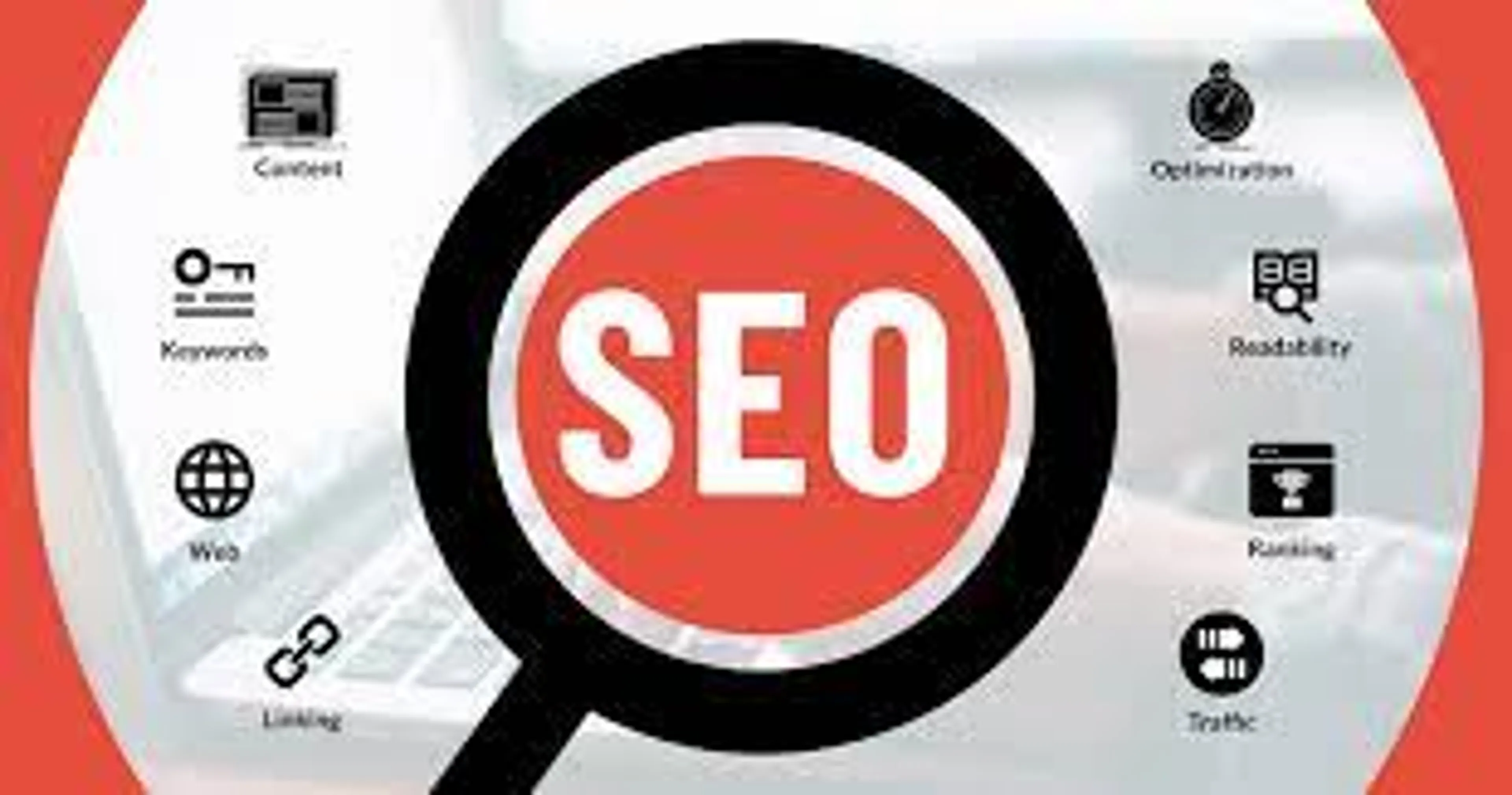
Content is king, as they say. But not all content is created equal. Some content can attract and engage your audience, while some content can drive them away. How do you optimize your content to make sure it is effective and relevant? Here are 10 tips to help you out.
- Know your audience. Before you write anything, you need to know who you are writing for. What are their needs, interests, pain points, and goals? What kind of language, tone, and style do they prefer? How do they consume content? By knowing your audience, you can tailor your content to suit them and make it more appealing and persuasive.
- Do keyword research. Keywords are the words and phrases that your audience uses to search for information online. By using the right keywords in your content, you can improve your visibility and ranking on search engines, and drive more organic traffic to your website. Use tools like Google Keyword Planner, Moz Keyword Explorer, or SEMrush to find relevant and popular keywords for your topic and niche.
- Write catchy headlines. Your headline is the first thing that your audience sees when they encounter your content. It needs to capture their attention and curiosity, and entice them to click and read more. Use clear, concise, and compelling language that communicates the value and benefit of your content. You can also use numbers, questions, or emotional triggers to make your headlines more catchy.
- Use subheadings and bullet points. Subheadings and bullet points are great ways to break up your content into smaller and more digestible chunks. They help your audience scan and skim your content, and find the information they are looking for quickly and easily. They also make your content more visually appealing and organized.
- Add images and videos. Images and videos can enhance your content by adding more color, emotion, and context. They can also illustrate your points, provide examples, or show proof of your claims. Images and videos can also increase the engagement and retention of your audience, as they are more likely to remember what they see than what they read.
- Optimize for SEO. SEO stands for search engine optimization, which is the process of improving your content and website to rank higher on search engines like Google or Bing. SEO can help you reach more potential customers who are looking for solutions that you offer. To optimize your content for SEO, you need to use keywords strategically in your title, headings, body text, URL, meta tags, and image alt text. You also need to link to relevant and authoritative sources, both internally and externally.
- Write in a conversational tone. Writing in a conversational tone means using a friendly, casual, and natural language that sounds like you are talking to a person, not a machine. Writing in a conversational tone can help you connect with your audience on a personal level, build trust and rapport, and make your content more enjoyable and relatable.
- Provide value and solutions. Your content should not be just about promoting your products or services, but about providing value and solutions to your audience’s problems or challenges. Your content should educate, inform, inspire, or entertain your audience, depending on their needs and goals. Your content should also have a clear purpose and call-to-action that guides your audience to the next step in their journey.
- Edit and proofread. Editing and proofreading are essential steps in creating high-quality content that is free of errors, inconsistencies, or redundancies. Editing involves checking the structure, flow, clarity, and relevance of your content, while proofreading involves checking the grammar, spelling, punctuation, and formatting of your content. You can use tools like Grammarly, Hemingway Editor, or ProWritingAid to help you with editing and proofreading.
- Test and measure. The last tip is to test and measure the performance of your content using analytics tools like Google Analytics or HubSpot Analytics. You can track metrics like page views, bounce rate, time on page, conversions, social shares, comments, or feedback to see how well your content is reaching and engaging your audience. You can also use A/B testing or surveys to experiment with different variations of your content and see what works best.
These are 10 tips to optimize your content for better results. By following these tips, you can create articles that are kings in the online world.
